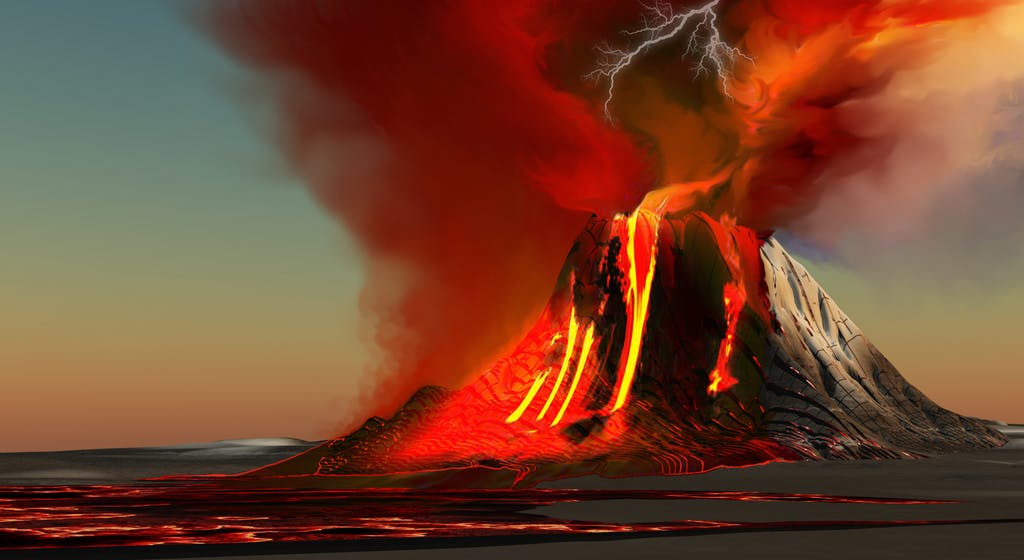A Tico geologist, Esteban Gazel, has excelled in a unique scientific discovery and has a new way to explain how volcanoes are born. He is one of the main authors of an investigation among eight scientists who focused on the origin of the Bermuda Islands. Their research was published in the journal Nature.
Scientists have previously explained that convergence of tectonic plates can form volcanoes and that they can also be formed as the result of a mantle feather rising from the core creating hot spots in the Earth’s crust. The new perspective shows that volcanoes can come to life from the transition zone of the mantle of the planet. This region is rich in water, crystals and melted rock.
The volcano that created Bermuda erupted 30 million years ago and since the islands are sinking only coral could be collected as evidence. That is, until the Tico’s team decided to analyze a sample of 767 meters, which was recovered from the nucleus in 1972 and is under the supervision of the University of Dalhousie, Nova Scotia.
They found an incredibly surprising chemical composition that had never been seen before. It was then determined that the magmas studied have a 6% water content when usually this value doesn’t exceed 1%. They proved that the material was melted in the presence of a mineral that only exists in the transition zone. It is now believed that the transition zone could be important in the generation of volcanoes.

